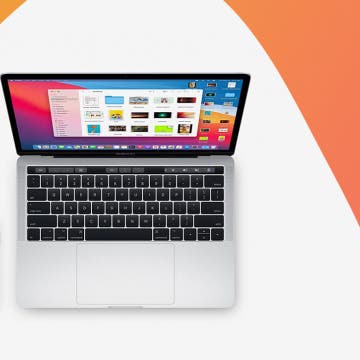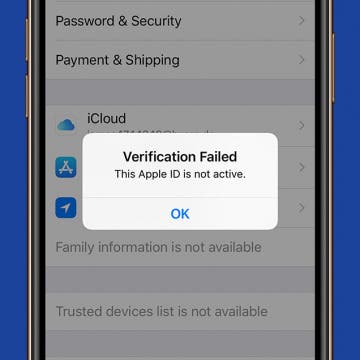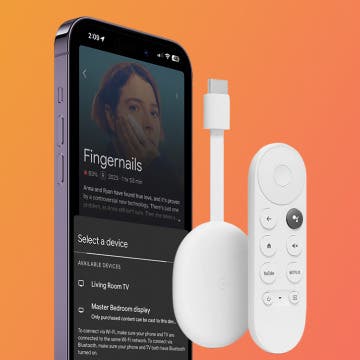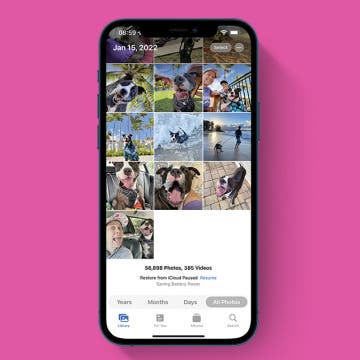How much memory should you get in your next iPhone? Apple kept their usual price points ($199, $299, and $399 for the 4.7-inch iPhone 6 and $299, $399, and $499 for the 5.5-inch iPhone 6 Plus) but instead of the 16 GB, 32 GB, and 64 GB configurations, they dropped the 32 GB tier and added a whopping 128 GB tier, as predicted. This mirrored their move with recent price drops for the iPod touch and finally brings their memory pricing in line with the industry. And the 128 GB capacity is a very welcome addition, especially since iOS devices do not have expandable microSD card storage of most Android phones.
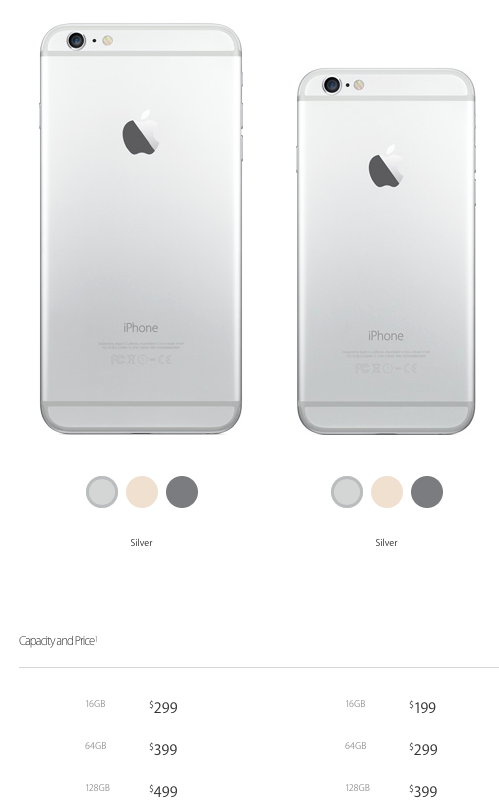

All of this makes going with the 16 GB configuration less attractive. Sure, it gives Apple a nice entry point, but before where an extra $100 would just add 16 GB, now that same $100 adds 48 GB. That's like "Buy One, Get Two Free!" To not take advantage of it would be silly. Of course, if you don't expect to use a lot of space, then you might stick with the entry-level model, but remember, iOS uses some of the space, so even a 16 GB iPhone only has 12 GB free. Taking photos and videos with the HD camera and downloading music, videos, and high resolution games means you can quickly consume that space.




